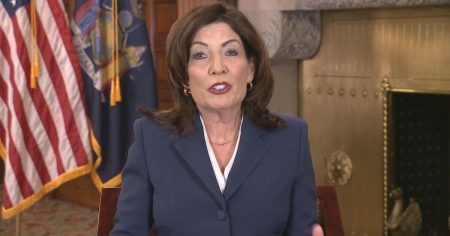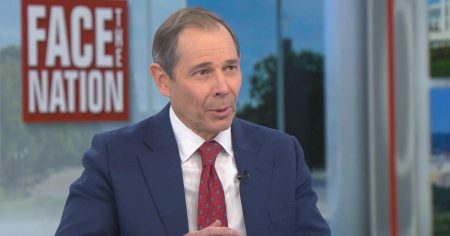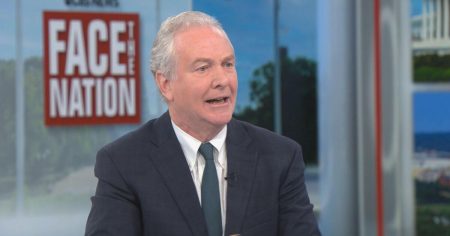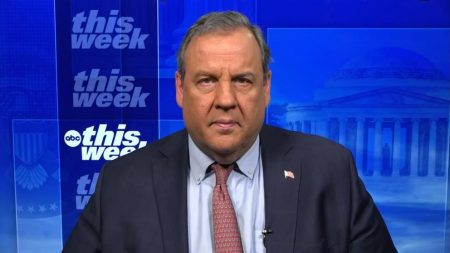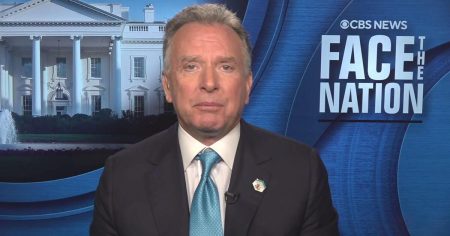A Tale of Two Government Reform Efforts: Clinton vs. Trump
Introduction to Government Reform: Then and Now
In the ever-evolving landscape of U.S. politics, the concept of government reform has reemerged as a hot-button issue under President Trump and Elon Musk’s Department of Government Efficiency (DOGE). Their efforts to slash federal spending and streamline bureaucracy have drawn comparisons to a program from 30 years ago, led by Vice President Al Gore under President Bill Clinton. The Clinton-era initiative, known as the "Reinventing Government" program, aimed to create a more efficient and cost-effective government. While Musk and his allies have pointed to this program as a model, the similarities are superficial. The approaches, outcomes, and philosophies behind these two efforts are starkly different, highlighting fundamentally contrasting visions for what government reform should achieve.
The Clinton Era: A Methodical Approach to Reform
In 1993, President Bill Clinton tasked Vice President Al Gore with leading the "Reinventing Government" initiative, a comprehensive effort to cut waste, reduce red tape, and modernize federal operations. Gore’s program was designed to "create a government that works better and costs less," a mantra that guided its implementation. Over nearly eight years, the initiative eliminated nearly 426,000 federal jobs and removed thousands of pages of regulations. However, this was not merely an exercise in cost-cutting; it was a detailed, collaborative process aimed at improving performance and customer service standards. Elaine Kamarck, a key architect of the program, described it as a meticulous effort to identify inefficiencies and work with federal employees to implement changes. The program’s recommendations were achievable and lawful, with Congress involved in addressing legislative barriers. By 1998, the initiative had yielded an estimated $136 billion in savings for taxpayers, a testament to its thoughtful execution.
The Trump Era: A Rapid and Controversial Overhaul
Fast forward to the present, and the Department of Government Efficiency (DOGE), led by Elon Musk, has taken a drastically different approach to government reform. Announced by President Trump in December, DOGE was formally established on his first day in office with an executive order. The program’s website claims to have already identified $55 billion in savings, though a CBS News review has raised questions about the accuracy of these figures. Unlike the Clinton-era program, which took six months to develop its initial recommendations, DOGE has moved at breakneck speed, working with Cabinet heads to shrink the federal workforce and pause significant areas of government spending. Areas targeted for cuts include diversity, equity, and inclusion initiatives, foreign aid, and federal contracts. DOGE has also gained access to the Treasury Department’s payment system and requested access to individual taxpayer information through the IRS, raising concerns about privacy and legality.
A Clash of Philosophies: Cutting Fat vs. Cutting Muscle
Elaine Kamarck, who directed Gore’s program, has been vocal about the differences between the two initiatives. "We cut fat, and they cut muscle," she said, criticizing DOGE’s approach as reckless and counterproductive. While the Clinton-era program focused on identifying and addressing inefficiencies without causing agency meltdowns or dysfunction, DOGE’s rapid, top-down approach has led to widespread criticism. The Trump administration’s deferred resignation plan, which convinced 75,000 federal employees to leave their jobs, and its layoffs of probationary employees, have been particularly contentious. Kamarck argues that her team’s methodical, collaborative process was far more effective and responsible, as it prioritized understanding the inner workings of federal agencies before making cuts. In contrast, DOGE’s approach has been likened to "throwing out the baby with the bathwater," dismissing valuable expertise and institutions in its quest for cost savings.
The Controversy Surrounding DOGE’s Tactics
The Trump administration’s aggressive tactics have sparked significant pushback. Lawsuits have been filed challenging the legality of DOGE’s actions, particularly its authority to reshape the federal government so quickly and extensively. Republican allies, including Musk, have defended the program by invoking the Clinton-Gore initiative as a precedent. During a recent House subcommittee hearing, a Republican lawmaker even played a video of Clinton and Gore announcing their reform effort, implying that Democrats should support similar measures today. Musk himself has drawn parallels between his work and the Clinton-era program, describing Clinton and Gore as "the original Doges." However, these comparisons fall flat with Kamarck, who insists that the two efforts are fundamentally different. While the Clinton program sought to understand and improve government operations, DOGE appears to disregard the complexities of federal agencies and the rule of law.
Lessons from the Past: Reform Done Right
The Clinton-era program offers valuable lessons for modern reform efforts. By engaging with federal employees, prioritizing performance, and adhering to legal processes, Gore’s initiative achieved its goals without undermining the government’s functionality. In contrast, DOGE’s hasty and heavy-handed approach risks long-term damage to federal institutions and their ability to serve the public. As Kamarck noted, the Clinton program took the "harder way" to reform, but it was also the more responsible and sustainable approach. The current administration’s disregard for this model highlights the importance of thoughtful, collaborative leadership in government reform. While cost-cutting is a laudable goal, it must not come at the expense of the government’s ability to function effectively or uphold its democratic principles.
Conclusion: The Future of Government Efficiency
The comparison between the Clinton-Gore reform effort and Trump’s DOGE initiative underscores the importance of a nuanced and thoughtful approach to government efficiency. While both programs aim to reduce costs and improve performance, the methods and philosophies behind them tell a very different story. The Clinton era demonstrated that reform can be both fiscally responsible and mindful of the government’s critical role in serving the public. In contrast, the Trump administration’s efforts have raised alarms about the risks of unchecked power and the dangers of prioritizing speed over substance. As these two programs remind us, the way we approach government reform matters—not just for budgets, but for the very foundation of our democracy.









